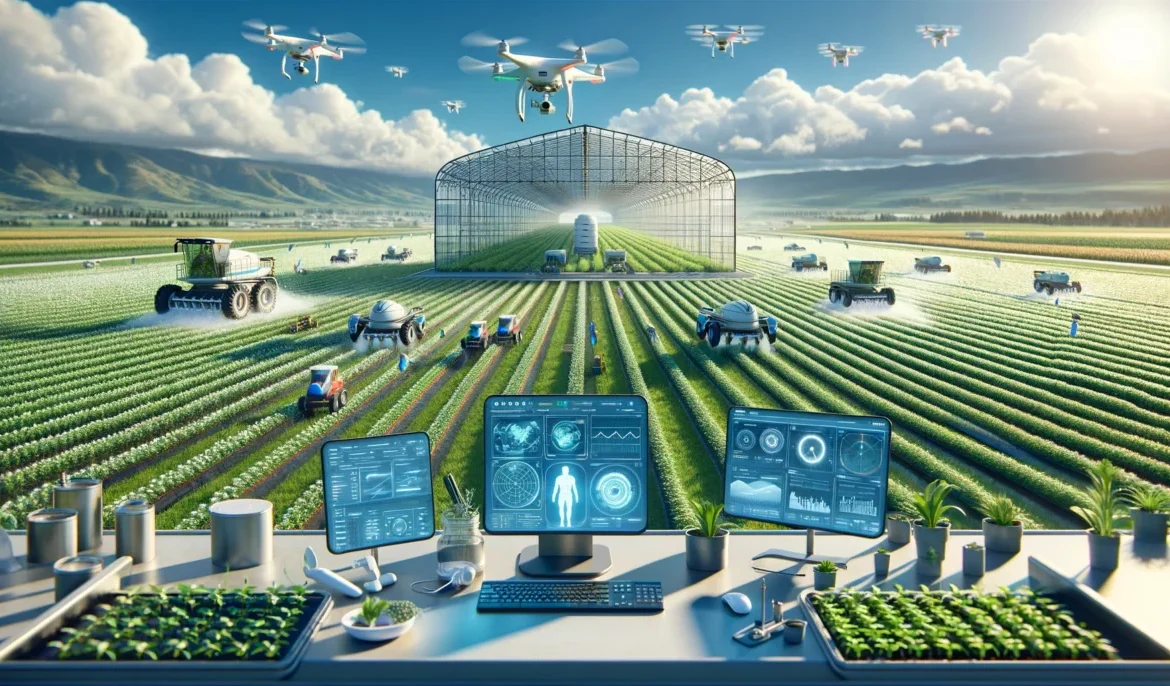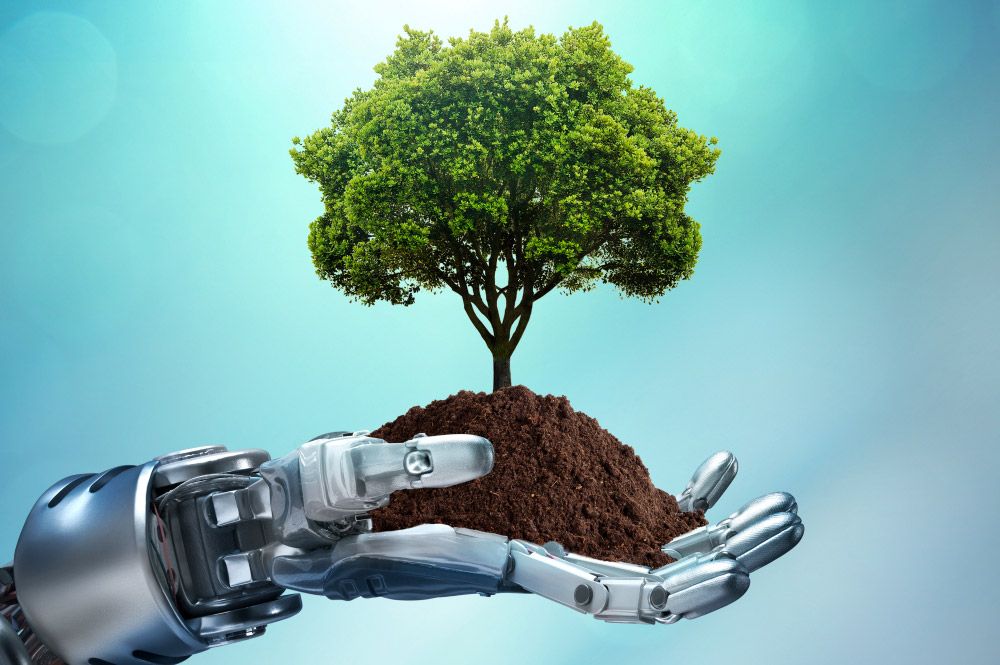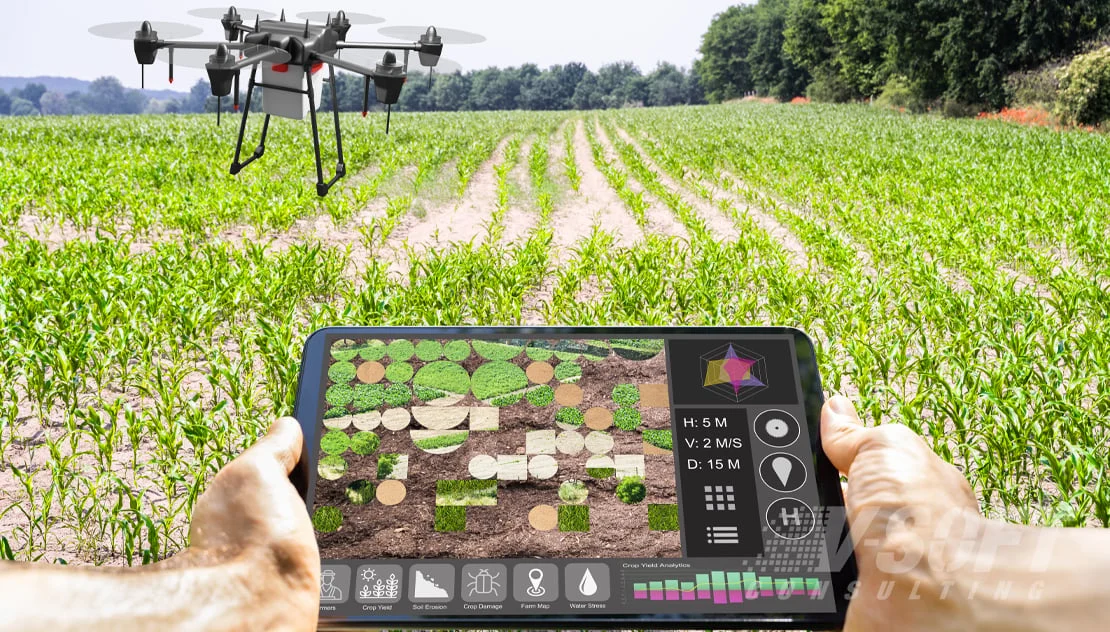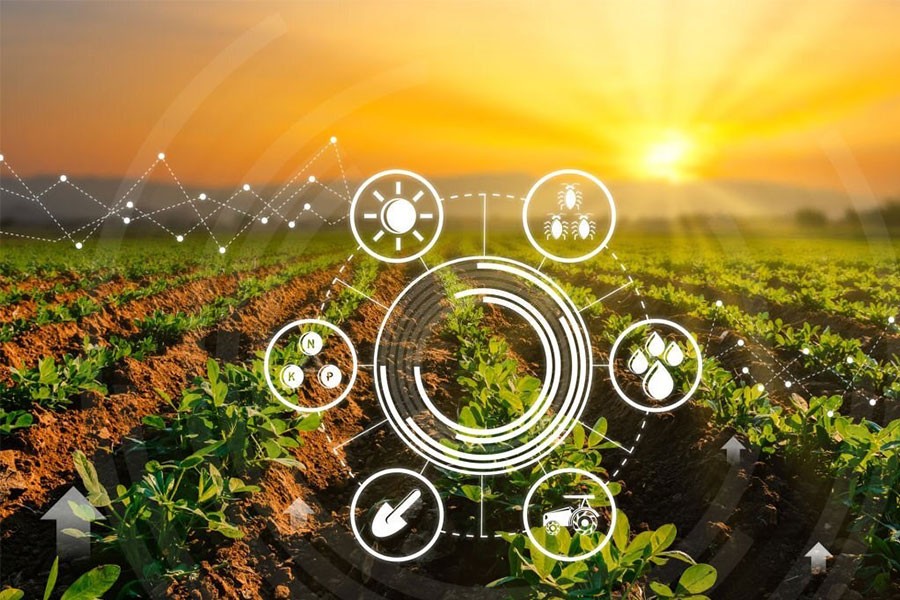Artificial Intelligence (AI) is revolutionizing agriculture by transforming traditional farming practices into smart, data-driven operations. Understanding how AI contributes to agriculture helps farmers and stakeholders enhance productivity, optimize resource use, and address global food challenges.
What is AI in Agriculture?
AI in agriculture refers to the use of intelligent technologies like machine learning, computer vision, predictive analytics, and robotics to support farming activities. These systems help farmers make better decisions, improve crop management, and automate various agricultural processes.
How AI Works in Agriculture
AI systems in agriculture collect and analyze data from multiple sources, including soil sensors, drones, weather forecasts, and satellite imagery. By processing this data, AI can predict crop health, optimize irrigation, forecast yields, and detect pests or diseases at an early stage.
Key AI Techniques Used
Machine Learning: Assists in predicting crop performance, weather patterns, and soil conditions by learning from historical and real-time data.
Computer Vision: Analyzes images from drones and cameras to monitor crop growth, identify weeds, and detect diseases.
Predictive Analytics: Helps in estimating harvest times, forecasting market demand, and optimizing supply chains.
Robotics: Automates tasks such as planting, harvesting, and weeding, improving efficiency and reducing labor costs.
Benefits of Using AI
AI improves crop yields, reduces resource wastage, minimizes the use of pesticides and fertilizers, and supports sustainable farming. It also enhances decision-making by providing real-time insights and long-term predictions.
Limitations to Keep in Mind
AI solutions in agriculture require significant investment in technology, reliable internet access, and quality data. Small-scale farmers may face challenges in adopting these tools without proper support and training.
Conclusion
The integration of AI in agriculture is reshaping the future of farming. By combining AI-driven technologies with traditional knowledge, the agricultural sector can meet the growing food demands while promoting environmental sustainability and efficient resource management.







Leave feedback about this